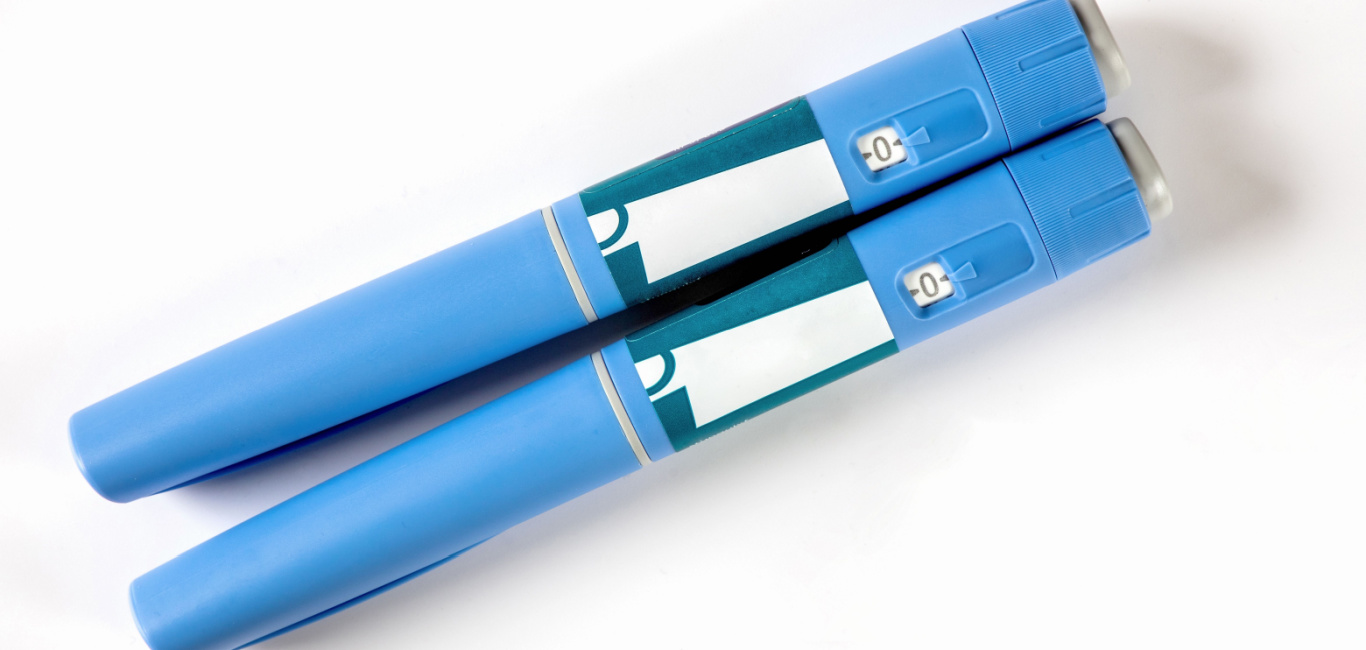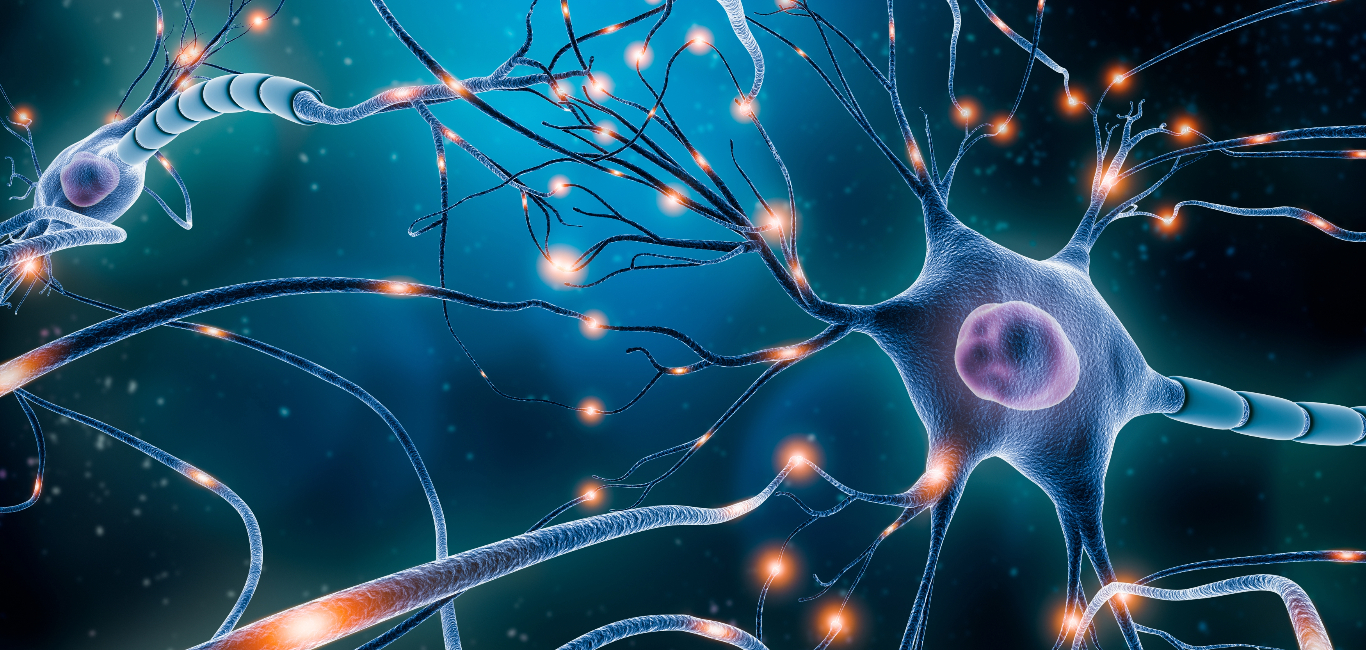In a move that could reduce the dependence on animal testing and improve experimentation procedures, scientists from Harvard’s Samit Mitragotri Laboratory have developed a new “tissue-on-a-chip” dubbed SubCuTIS (Subcutaneous Co-Culture Tissue-on-a-Chip). This innovative chip serves as an invaluable tool for injection simulation, closely mimicking the complexities of human skin and providing a controlled environment for studying how medicines are absorbed when administered subcutaneously.
As the US Food and Drug Administration (FDA) moves away from animal models due to their limitations in mimicking human responses, advancements like this chip help improve medical device performance by better predicting how our tissues will react to skin injections.
How it works
The “SubCuTIS” chip recreates the intricate structure and cell interactions found in the subcutaneous tissue under our skin. The three-dimensional microfluidic device enables precise measurement of drug transport rates in a controlled lab setting.
The chip is divided into three interconnected compartments: one holding the drug, another containing replicated fat tissue, and a third representing capillaries and lymphatic vessels. Instead of injecting directly into the tissue, the drug is gently introduced into the first channel, from where it then gradually permeates through the system, preserving the tissue-like environment and allowing close monitoring of its journey post-injection simulation.
According to Dr Vineeth Chandran Suja, a postdoctoral researcher at Harvard, SubCuTIS “faithfully captures the intricate subcutaneous tissue structure, cell interactions, and extracellular matrix components, which are challenging to replicate solely through computer simulations.” The chip sustained cell viability for over 10 days, permitting observation of drug movement in a physiologically relevant setup.
The benefits of experimentation
While mathematical modelling provides theoretical insights, SubCuTIS offered an experimental platform that more accurately mirrors the human skin’s complexity. The approach could be adapted to many drug types by incorporating fluorescent tags, showcasing its versatility for pharmaceutical research.
Dr Kevin B Ita of Touro University, California, says SubCuTIS offers a straightforward experimental setting conducive to investigating biomolecules within a novel mathematical framework. “The value of this research lies in substituting labour-intensive and expensive experimental conditions with the use of SubCuTIS,” Dr Ita added.
Commonly delivered through subcutaneous injection, drugs like insulin and certain antibodies face obstacles that hinder their effectiveness and bioavailability. By replicating the subcutaneous network, including fat cells and connective tissue, SubCuTIS illuminates these “traffic jams” encountered by large drug molecules after skin injection.
Reducing reliance on animal testing
Aligned with the FDA’s initiative to advance miniature models, SubCuTIS and related organ-on-chip models mark significant strides in reducing reliance on animal testing, offering precise data collection. This progress may prompt regulatory shifts favouring organ-on-chip data over traditional models, aligning with the envisioned new FDA act.
Dr Narasimha Murthy, founder director at the Institute for Drug Delivery and Biomedical Research in Bengaluru, commented that, “SubCuTIS could be a great alternative to animal experiments, it would be interesting to see how this model can accommodate various formulation variables and biological products.” Further standardization of the model could find applications in evaluation of innovator and generic products for the regulatory approval.
The study authors highlight SubCuTIS’s immediate potential to evaluate various therapeutic compounds with minimal need for animal models. Along with related microfluidic organs-on-chips, the technology paves the way for more human-relevant drug research that could translate to better clinical outcomes.
Also read: Like putting on a bandage: microneedles show promise for future therapies

















